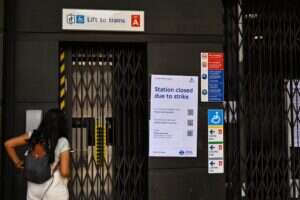For city governments, the phrase “congestion measures” calls to mind complex zoning, new signage and staff or traffic cameras to catch those who don’t fancy paying the charges. But last week, researchers from MIT unveiled a congestion scheme that sounds like it could work without any of these unattractive features.
The Roadrunner system uses devices clipped to cars’ dashboards to issue a digital “token” whenever a car enters an area that’s been marked out as congestion-prone. Once it’s given out a certain number, no one else can enter the zone without a fine until someone leaves.
This feature would, of course, be relatively unhelpful by itself, but the device also gives you voice directions – to help you avoid gummed-up areas in the first place, or navigate around an area that’s already full.
Jason Gao, one of Roadrunner’s creators, says another strength is the lack of infrastructure needed for the system to work: “You could [try it out] for a month… then change it without having to dig up roads or rebuild gantries [signage].” This means city authorities could change congestion zones to fit the busiest areas of the city, rather than setting up permanent zones and hoping traffic patterns don’t change enough to render them irrelevant.
The system was originally designed for use in Singapore, and in computer simulations using Singapore Land Transit Authority data, it produced an 8 per cent increase in average car speed during peak congestion times. So far, it’s yet to be tested in the real world on a large scale (though it was tested on ten cars in Cambridge, Massachusetts – not quite enough to test a city-wide traffic system).
In Singapore, all cars already have radio “transponders” mounted on their dashboards which could be used to implement the system. For the rest of us, however, the researchers are trying to develop an app which could operate the same system.






